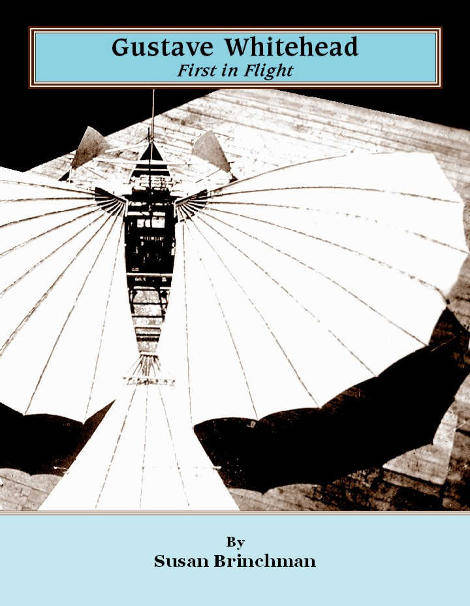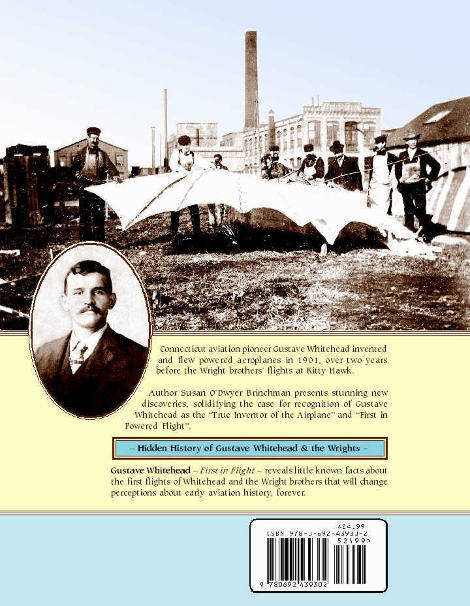I had already written about that in my book UNE AUTRE HISTOIRE DE L’AVIATION, on pages 12; 13; 71; and others – Bernoulli’s principle does not explain everything. We know that aircraft fly. Strange as it may seem, Bernoulli’s principle has often been taught for decades as the explanation of the phenomenon.
Je l’avais déjà évoqué dans mon livre « Une autre histoire de l’aviation » aux pages 12, 13, 71, et d’autres: Le théorème de Bernoulli n’explique pas tout. Nous savons que les avions volent. Depuis des décennies, aussi bizarre que cela puisse paraître, on enseigne souvent le théorème de Bernoulli comme l’explication principale au phénomène.
This explanation would make sense if the air particles split at the leading edge of the wing and come together at the trailing edge. However, Cambridge researchers had debunked this flying myth in 2012, and have recently confirmed that Bernoulli’s principle cannot explain everything in wing lift. As you can see on the video above, the upper wing air stream travels much faster than the lower wing one. Last but not least, these air streams do not come together at the trailing edge since the upper wing air stream reaches the trailing edge well before the lower wing airflow. Isn’t this amazing?
Cette explication tiendrait si les particules d’air se séparaient au bord d’attaque de l’aile et se rejoignaient au bord de fuite. Cependant, des chercheurs de Cambridge avaient démonté ce mythe du vol en 2012 et viennent de confirmer que le principe de de Bernoulli ne peut pas tout expliquer dans la portance de l’aile. Comme vous pouvez le voir sur la vidéo ci-dessus, le flux d’air en extrados voyage beaucoup plus vite que celui d’intrados. Enfin et surtout, ces flux d’air ne se rejoignent pas au bord de fuite puisque le flux d’air d’extrados atteint le bord de fuite bien avant le flux d’intrados. Étonnant, n’est-ce pas?







